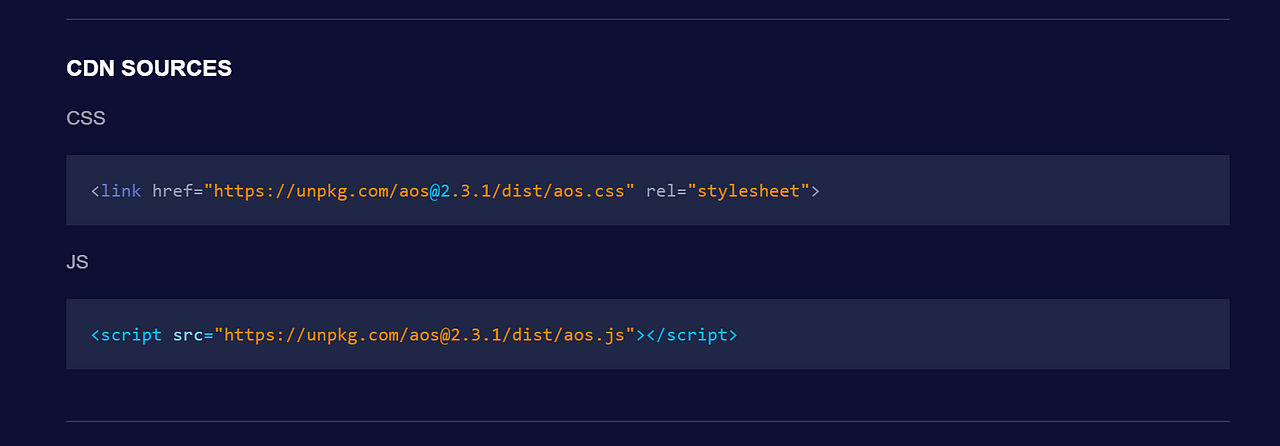

Then, in the component, we call the Vuex.mapGetters method with the name of the getter to map it to a computed property. We added the doubleCount getter, which returns the count state, multiplied by two. Getters are functions that return a state, or states that have been operated on or combined with other values.įor example, we can add a getter by writing: To add store states into our app more easily, we can use getters.
#Unpkg three code
Therefore, when we click the increment button in our template code, the count Vuex state will be updated along with the count computed property.īelow is what our code should look like:
#Unpkg three update
We commit the increment mutation in our store to update the count state. The this.$mit method lets us commit the mutations to the store. We can then use the this.$store property to get the states and manipulate our store. Mutations are functions that let us modify states in the Vuex store. Then, we define our application’s state, which is count in this case, and also create the mutation increment so we can invoke it to update the value of count. The app.use(store) method call lets us use the store in our Vue 3 app. Once we’ve created our store, we pass it into the Vue.createApp method to add the store to our app. States are properties that store data in our Vuex store they let us access the data from anywhere in our Vue 3 app.


To create a store, we call the Vuex.Store constructor with an object including the states and mutations that we want to add to create a basic store. Creating data storesĪ Vuex store is an object that wraps all of our application’s state and enables us access to features such as mutations, actions, and getters to use in our components to access or update the global state. To use the script tag method, we can write: Ībove, we add the scripts for Vuex 4 and Vue, and then we can use the Vuex global object in our code.
#Unpkg three install
We can install Vuex with Vue 3 in a few ways, one of which is to use the script tag.
#Unpkg three how to
In this tutorial, we’ll explore how to use Vuex 4 with Vue 3. You can read more about when and when not to use Vuex if you need further information. In a large application, Vuex would be overkill, and in such a situation, the Provide/Inject API or the Composition API’s reactive features would be a better option. Vuex is the preferred state management solution for Vue apps, and Vuex 4 is the version compatible with Vue 3.ĭo take note, however, that using Vuex for state management depends on the complexity of your application. The functionality of most plugins could be replicated with the Composition API, but Vuex does this better and with a more organized structure. Secondly, Vuex has plugins that extend its capabilities. This is a huge bonus for developers, since no one wants to spend all that time debugging! Let’s take a look at why Vuex is is still necessary, even in Vue 3.įirst, Vuex offers advanced debugging capabilities that Vue 3 features does not.

The composition API in Vue 3 comes with features such as the Provide/Inject API and a new reactive system that lets us create independent reactive variables outside a component and import it into any component we want to use it in.īoth of these could do the work of Vuex, but they aren’t enough to replace Vuex completely. Using Vuex 4 with Vue 3Įditor’s note: This post was reviewed and updated in August 2021 to include new information. Read through the schema ( here) for more detail on the format.John Au-Yeung Follow I'm a web developer interested in JavaScript stuff. With the ID 517), then everything should work fine. As long as there are no repeated IDs (e.g. For reactions, nodes, and text labels, each element has a key that isĪn arbitrary integer. In the next section, the reactions, nodes, labels, and canvas are allĭefined. Both the homepage and the schema entries must haveĮxactly these values for the Escher map to be valid. The map_description describes the map and the last The map_name includes the model that was used to build this layout, followed byĪ period and then a readable name for the map.


 0 kommentar(er)
0 kommentar(er)
